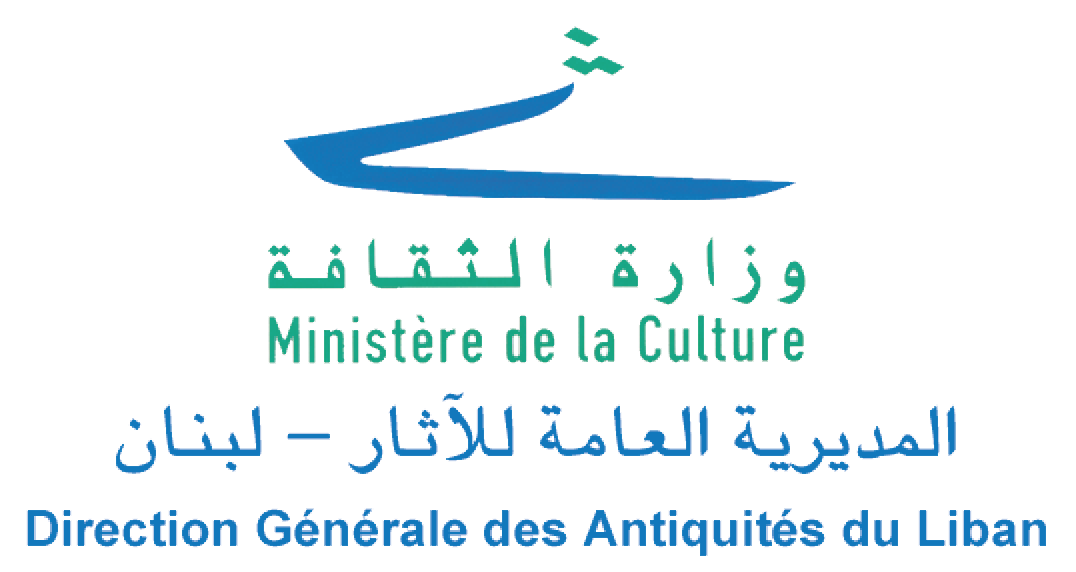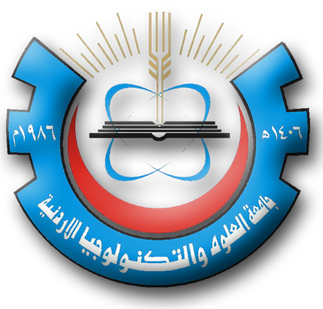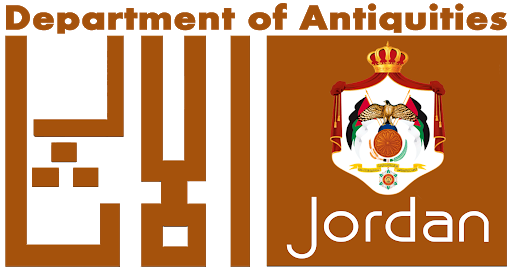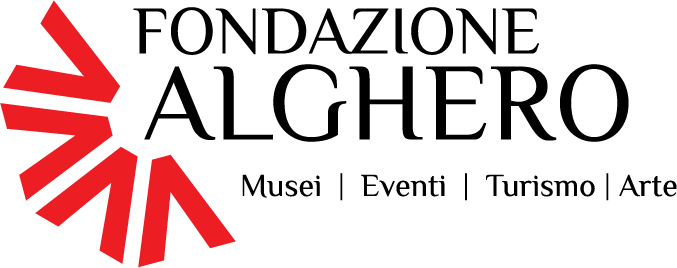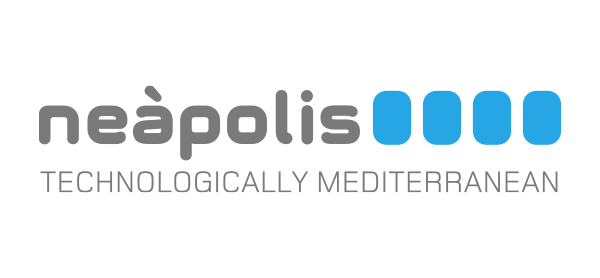The Cau Ferrat Museum was founded in 1893 by the artist Santiago Rusiñol (1861-1931) as a home workshop and became public museum in 1933, preserving the artistic spirit inspired by his founder. The Museum contains collections of ancient art gathered by the artist and modern art with works by Rusiñol, Casas, Picasso R. Pichot, Mas i Fondevila, Zuloaga, Regoyos and Degouwe of Nucques, Henry Clarasó Manolo Hugué and Pau Gargallo, among others.
Painting, drawing, sculpture, wrought iron, ceramic, glass and much of the plastic art authored by Rusiñol itself form a unique artistic ensemble that, alongside with the building hosting the works, are an example of how “Modernisme” revered all art forms. It is the first must-see visit among all the museums of Sitges.
This tourist site is interesting not only for its building (Casa Rocamora) but also for the biography of the artist Santiago Rusiñol and all the artistic works showed in the museum.
More information
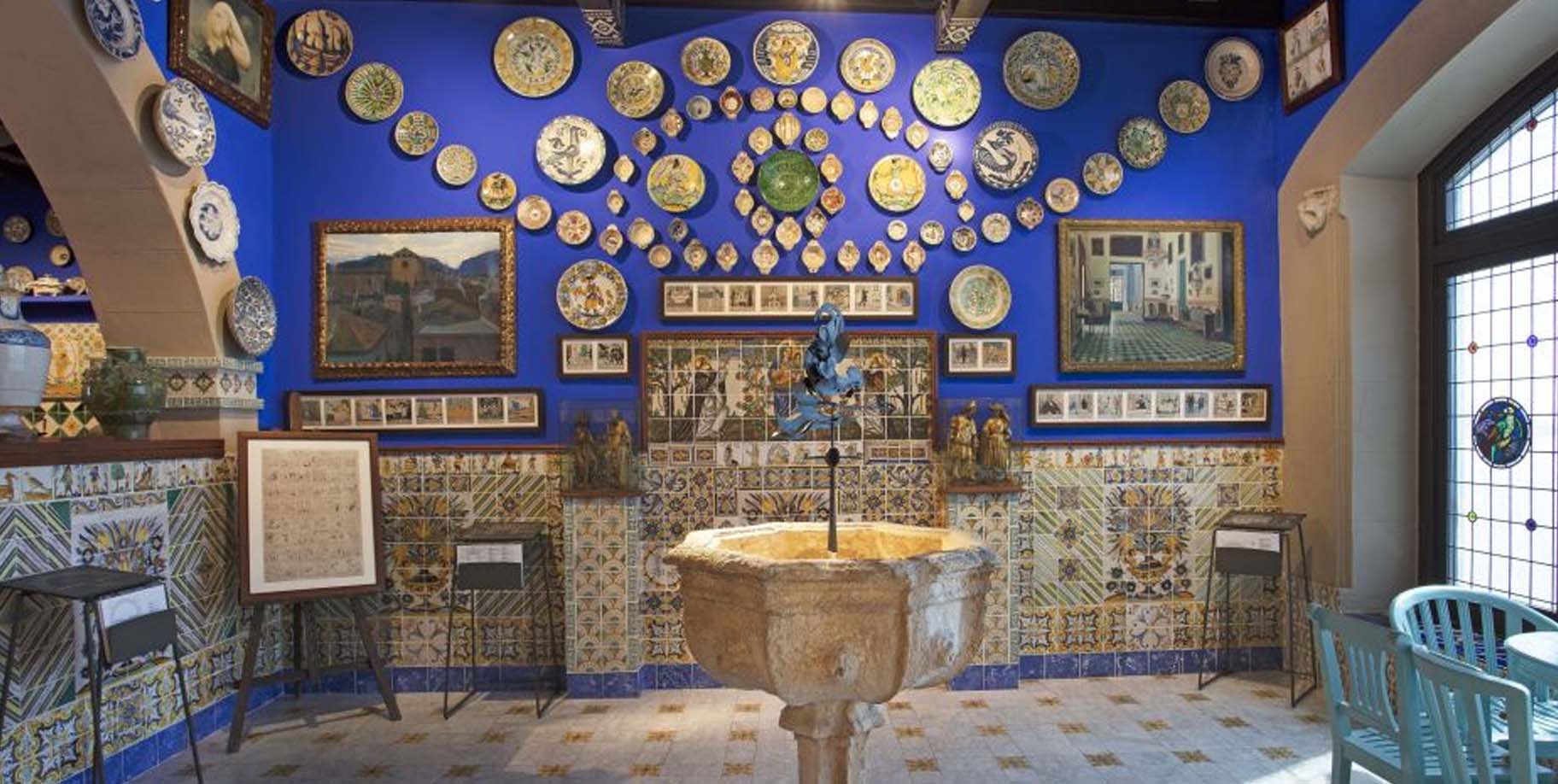
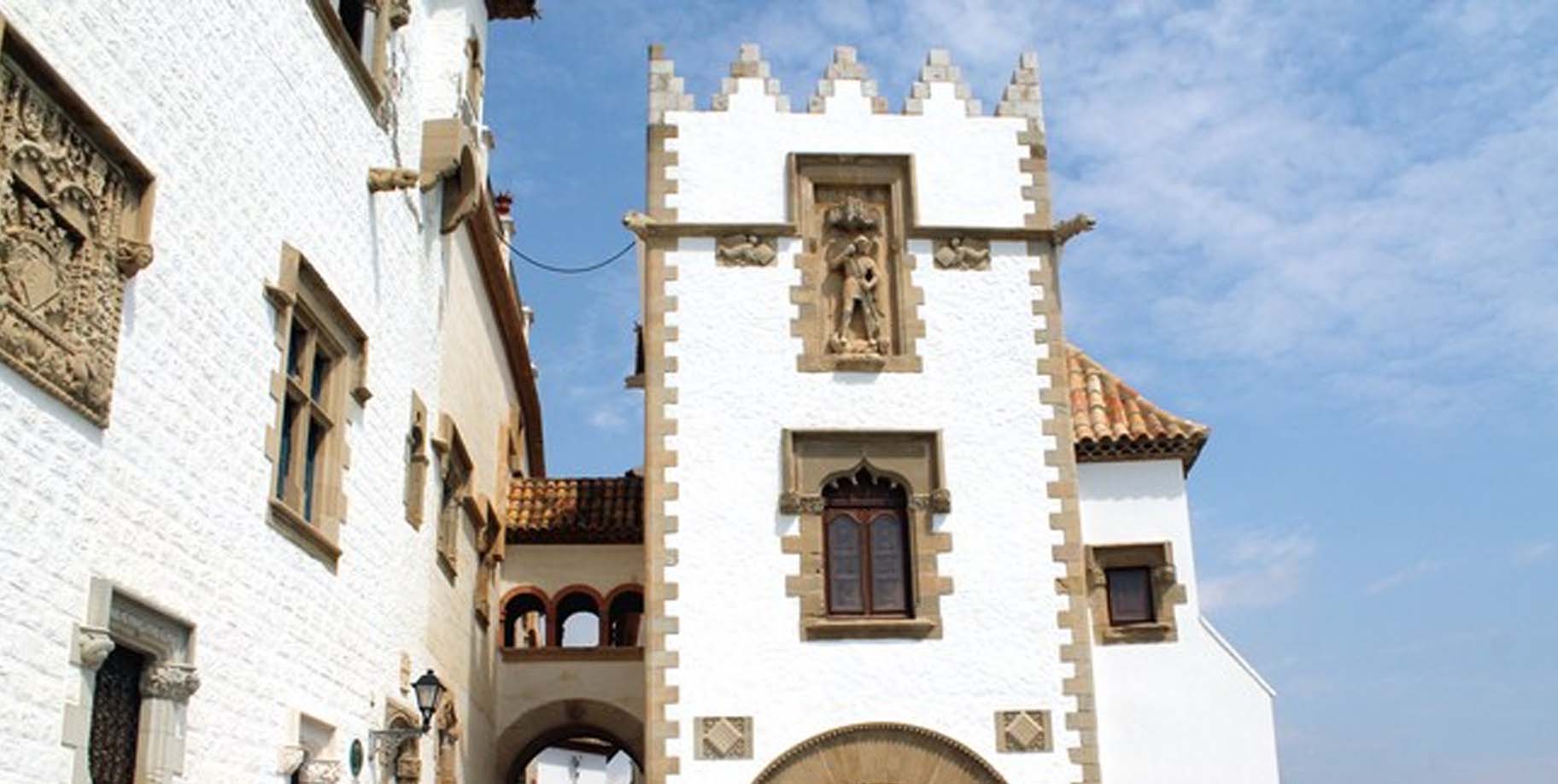

Previous
Next
The Library Museum Víctor Balaguer was borned at the end of the XIXth century. The goal was to offer to the population the chance of showing multiple art collections that Víctor Balaguer has collected through his life.
The objects came from all over the world, some of them from very far away, turning the exhibition rooms in very exotic curiosities to watch in the people of the XIXth century.
Víctor Balaguer built a building considered the first Museum in Catalonia. With this project he wanted to contribute to the development of the country because he believed that culture was progress.
The foundation of the Museum in 1884 coincided with the golden age of the XIXth century Renaissance that wanted to discover the local identity with objects and related it to the world.
The collections of the Museum are painting, archeology, ethnography, decorative and industrial arts, as well as a huge legacy in books in the Library.
More information
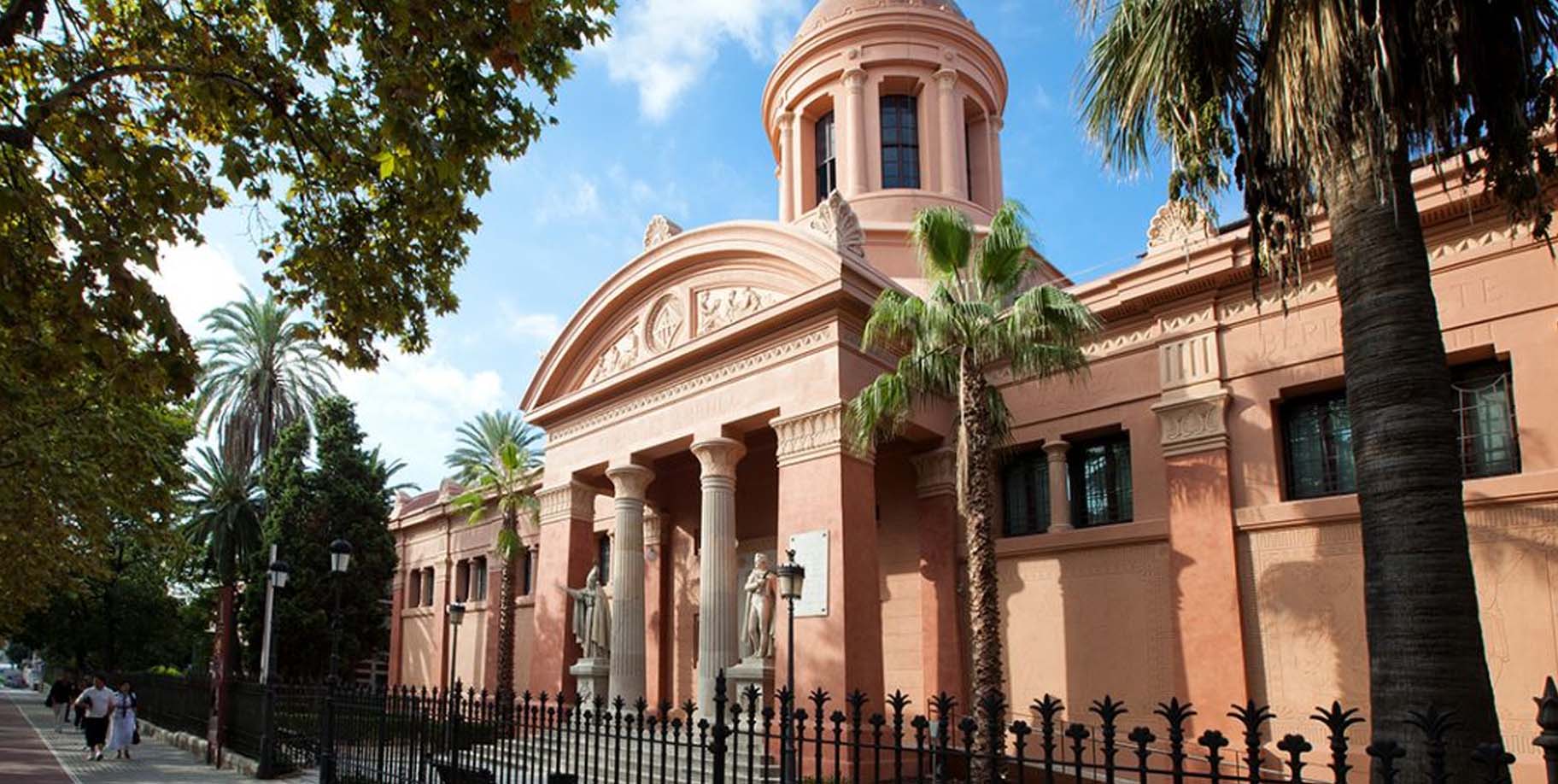
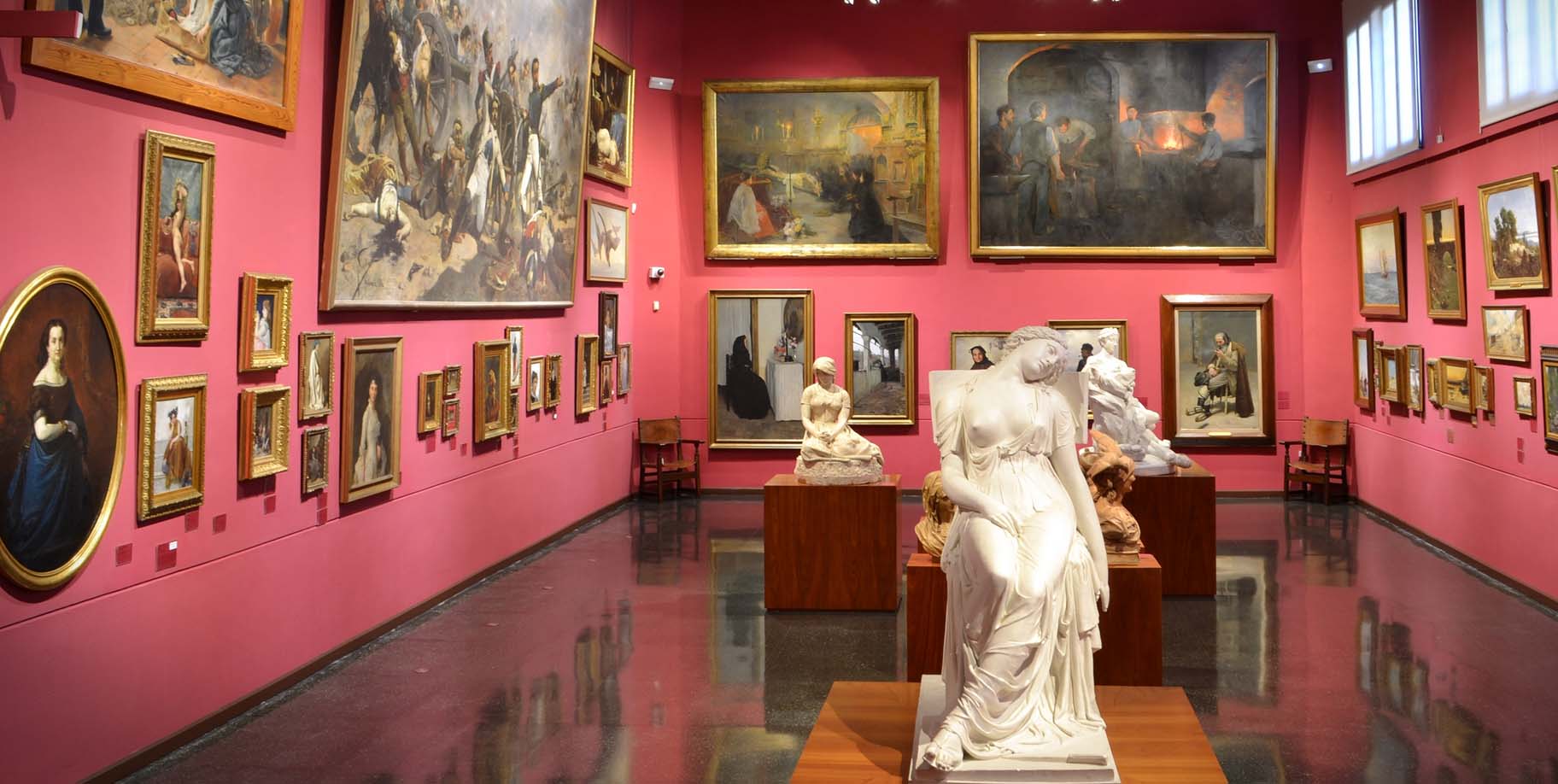
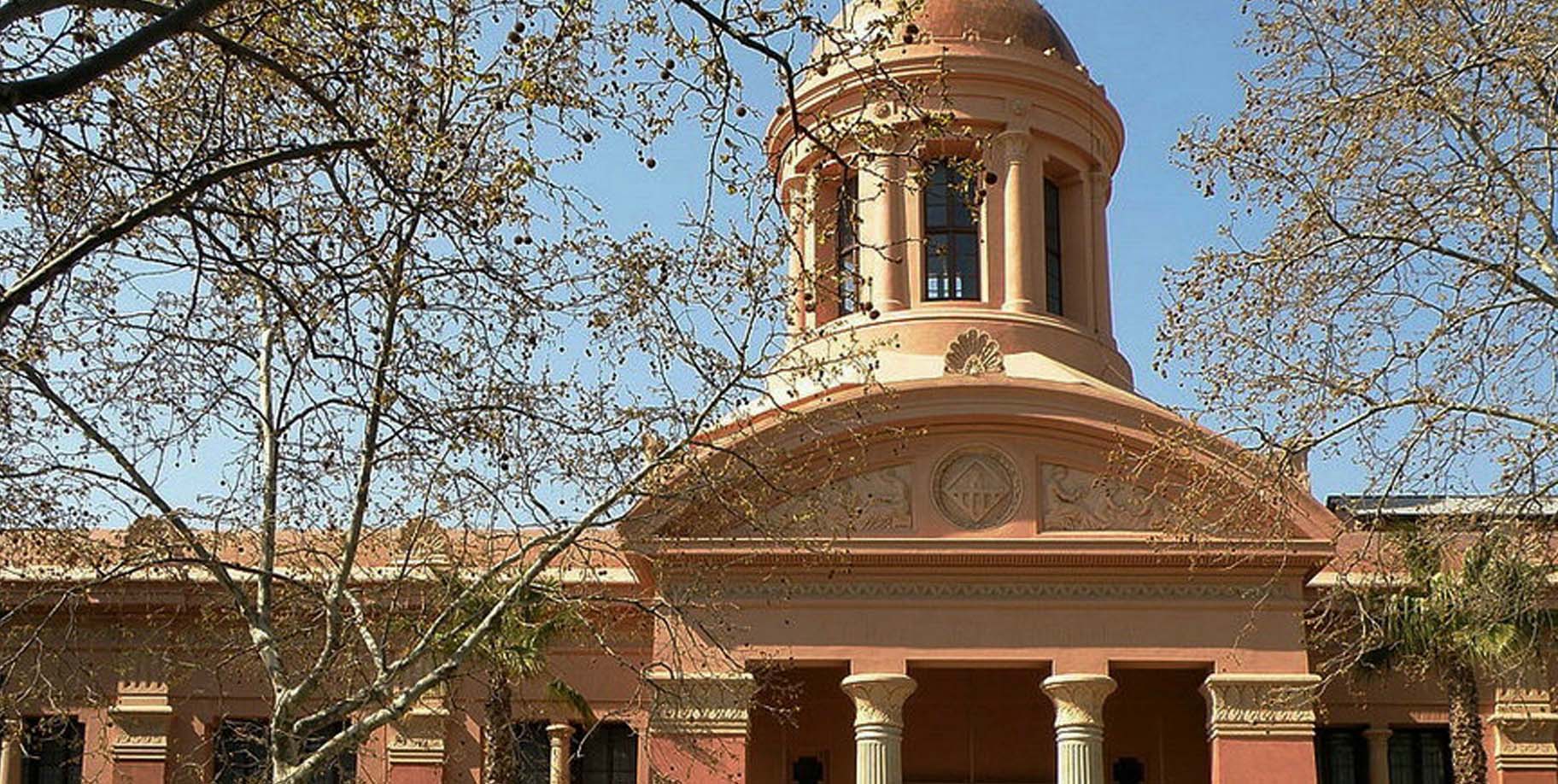
Previous
Next
The Maricel Palace is one of the most emblematic buildings in Sitges. Forming part of Maricel’s artistic ensemble, also receives the name of Maricel de Terra as a differentiation from the museum also known as Maricel de Mar.The Gold Room, the Blue Room, the Chapel Room, the Ship’s Room, Terraces or the Cloister, enjoying a splendid view over the Mediterranean, are the main areas that make up the Palace. With a markedly “Noucentista” style, the different rooms are distinguished by a unique decor stressing its character.
The Palau currently has a triple function: firstly, as a place that holds very important institutional and cultural events of the utmost importance in the civic and cultural life of Sitges, such as concerts, lectures or presentations. Secondly, some of the areas host events of organizations and companies that rent its use, as well as civil marriages. And finally, rooms, terrace and cloisters are accessible by Guided Tours that Museums of Sitges organize every Sunday.
More information
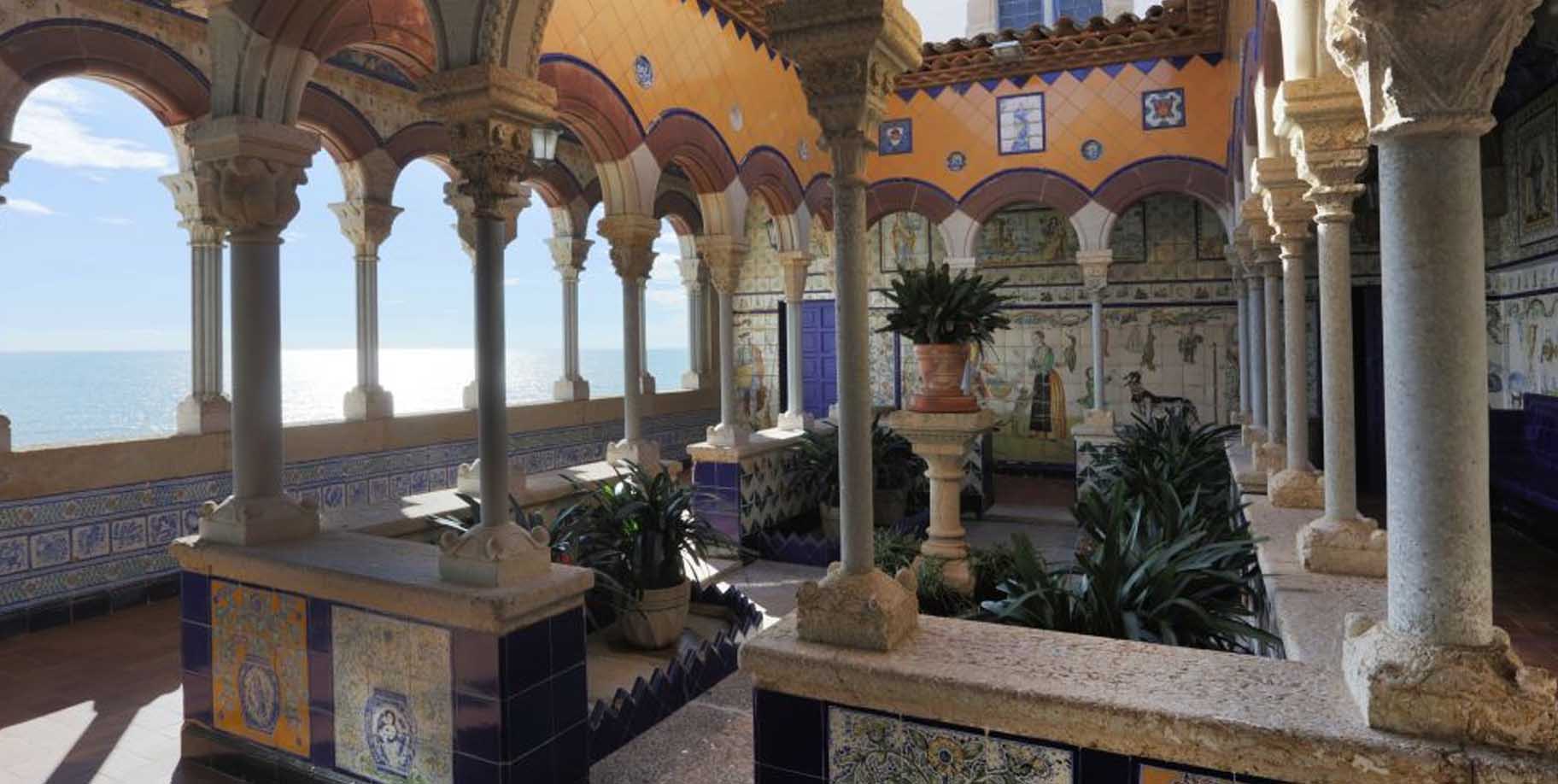
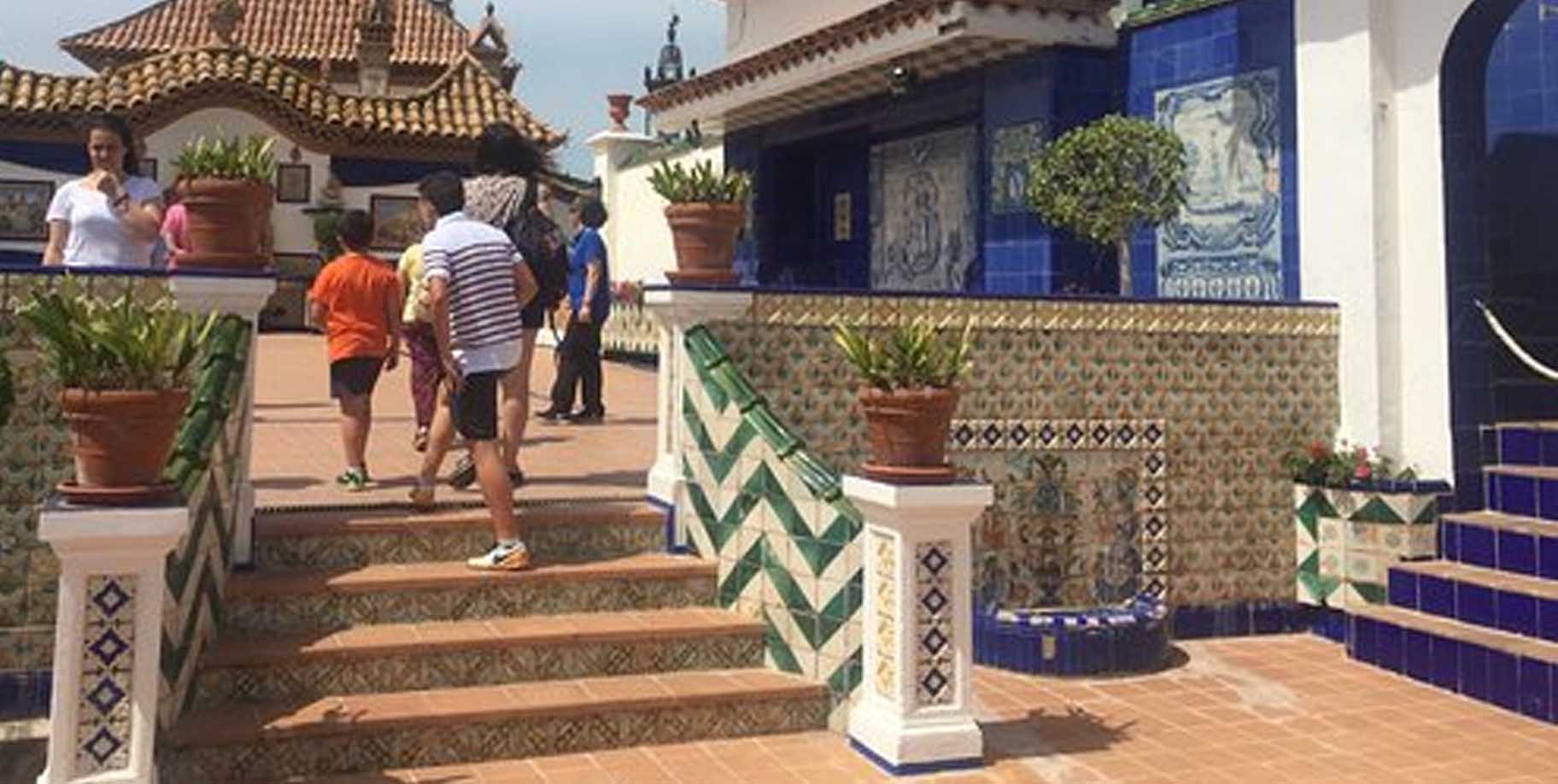
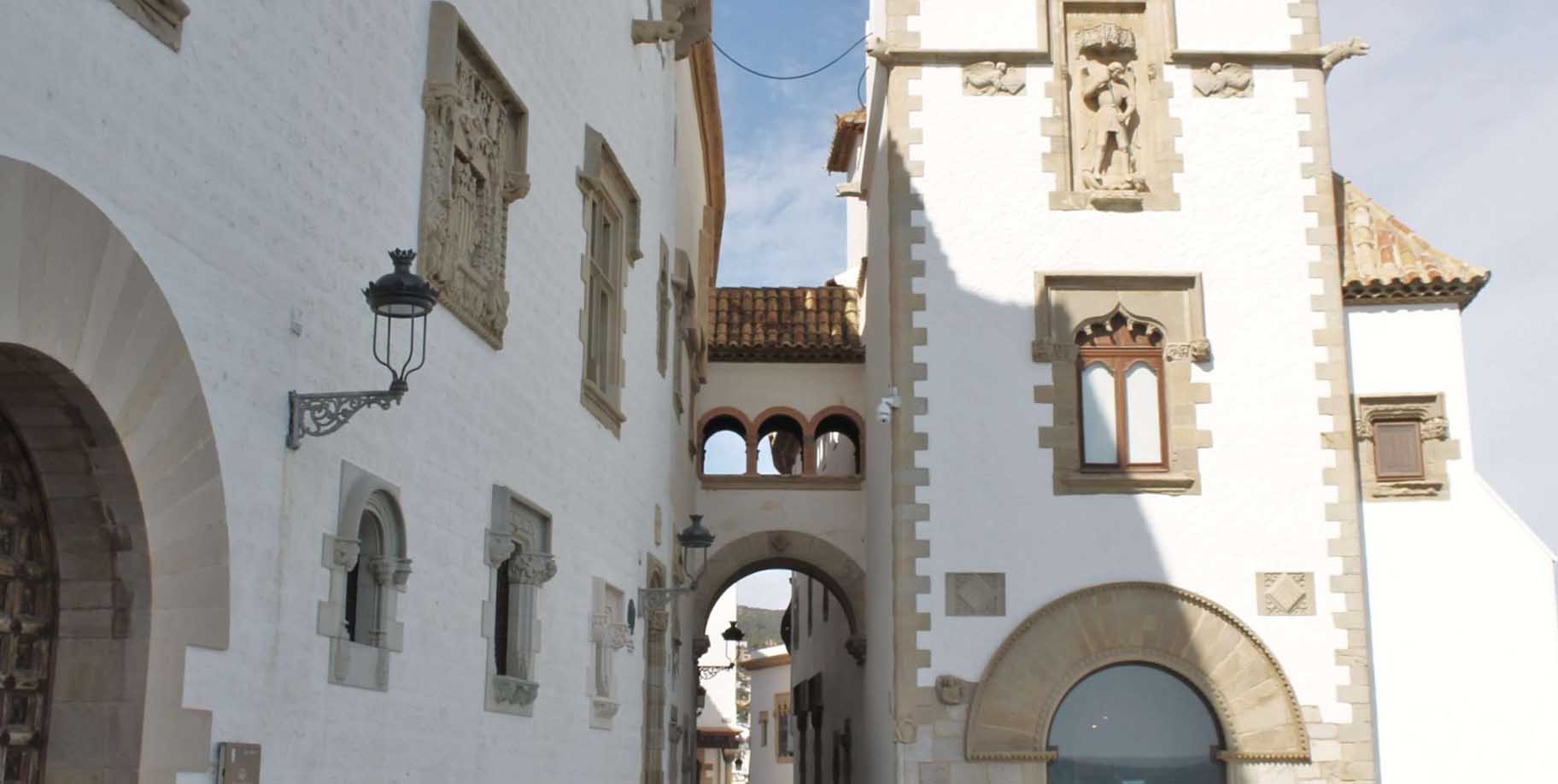
Previous
Next


